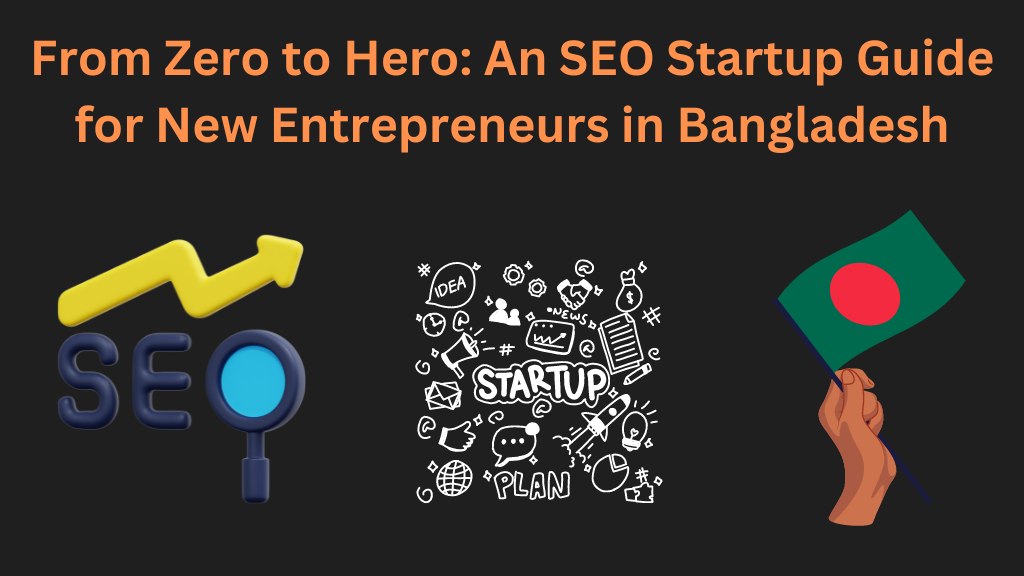Have you ever wondered why some content reigns supreme in the vast kingdom of Google’s search results? The secret lies not just in the keywords, but in the art of engaging readers and turning them into loyal subjects—customers. In this royal guide, we’ll unveil the strategies behind writing content that not only captures the throne of search engine result pages (SERPs) but also the hearts of your audience. By the end of this post, you’ll be armed with the scepter of SEO knowledge, ensuring your content not only ranks but resonates and converts. Prepare to rule the digital realm with your words!

Table of Contents
ToggleThe Crown Jewels: Understanding SEO Content
SEO content is the bridge between your website and your target audience. It’s the informative and engaging text, images, and videos that search engines love and readers adore. But here’s the key: SEO content isn’t just about pleasing algorithms. It’s about striking a perfect balance between ranking high and resonating with your audience.
Think of it like a royal court: You want to impress the king (search engines) with your knowledge and eloquence, but you also need to connect with the people (your audience) on a personal level. It’s about quality, relevance, and value – a combination that ensures your content not only rules the SERPs but also wins hearts and minds.
Keyword Kingdom – Finding Your Content’s Throne
Before you start crafting your content, you need to know what your subjects are searching for. That’s where keyword research comes in. Imagine it as exploring your kingdom to discover its hidden treasures – the keywords that hold the key to unlocking organic traffic.
Here’s how to conquer your Keyword Kingdom:
- Identify relevant keywords: Use tools like Google Keyword Planner and Ahrefs to discover keywords related to your niche and target audience.
- Analyze search volume and competition: Choose keywords with decent search volume but manageable competition – you don’t want to battle dragons you can’t slay!
- Longtail is king: Don’t just focus on broad, single-word keywords. Long-tail keywords (more specific phrases) often have lower competition and higher conversion rates.
- Integrate naturally: Weave your chosen keywords throughout your content organically, but avoid keyword stuffing – it’s a surefire way to anger the search engine gods.
Crafting Content That Rules the SERPs
Now that you know your keywords, it’s time to craft content that deserves a royal seal of approval. Remember, first impressions matter, so let’s start with the crown jewels:
- Captivating titles and meta descriptions: Your title and meta description are the teasers that entice readers to click. Make them clear, concise, and keyword-rich, but also infuse them with intrigue to pique curiosity.
- Headings for readability and SEO: Break up your content with clear headings and subheadings. This not only improves readability but also helps search engines understand your content structure.
- Hook ’em from the start: The first paragraph is your chance to capture attention and prevent bounce rates. Start with a strong statement, a thought-provoking question, or an interesting anecdote.
Engaging the Court – Writing for Your Audience
Remember, you’re not just writing for robots, but for real people with needs and interests. So, who are your subjects?
- Know your audience: Conduct market research, analyze website traffic, and create audience personas to understand your ideal reader. What are their pain points? What questions do they have?
- Speak their language: Tailor your content’s tone, style, and vocabulary to resonate with your audience. Avoid overly technical jargon or slang they might not understand.
- Engage their emotions: Don’t just inform, inspire! Use storytelling, humor, or personal anecdotes to connect with your readers on an emotional level.
The Art of Storytelling in SEO
Humans are wired for stories. They capture our attention, evoke emotions, and make information more memorable. So, weave storytelling into your content strategy:
- Share case studies: Showcase real-world examples of how your product or service helped others.
- Use customer testimonials: Let your satisfied customers speak for you, building trust and credibility.
- Craft compelling narratives: Don’t just tell, show! Use vivid descriptions, active voice, and sensory details to transport readers into your story.
Off-Page SEO Considerations
While on-page SEO focuses on optimizing your individual content pieces, off-page SEO deals with your website’s overall authority and credibility in the eyes of search engines. Think of it as building alliances with other kingdoms to strengthen your own:
- Backlinks are your allies: Earning backlinks from high-quality, relevant websites signals to search engines that your content is valuable and trustworthy. Guest blogging, broken link building, and creating shareable content are all effective ways to acquire backlinks.
- Social media is your court: Promote your content on social media platforms to increase visibility and engagement. Encourage shares, comments, and discussions to further boost your SEO power.
- Building relationships is key: Network with other industry influencers and participate in online communities. Building genuine connections can lead to valuable collaborations and increased brand awareness.
Conversion is King – CTAs that Command Action
So, you’ve attracted an audience and engaged them with your content. Now it’s time to turn website visitors into loyal customers. That’s where the mighty call to action (CTA) comes in:
- Clear and concise: Your CTA should be crystal clear about what you want the reader to do next. Whether it’s subscribing to your newsletter, downloading an ebook, or making a purchase, state your call to action explicitly.
- Strategic placement: Don’t just leave your CTA at the end. Place it throughout your content, at the point where the reader is most likely to be ready to take action.
- Action-oriented verbs: Use strong verbs like “download,” “subscribe,” or “buy now” to create a sense of urgency and encourage clicks.
- Test and refine: Don’t assume you’ve nailed your CTA on the first try. A/B testing different variations to see what resonates best with your audience and continuously optimize for better conversion rates.
Measuring Your Kingdom’s Wealth – Analytics and Adjustments
Just like any good ruler, you need to track your progress and make informed decisions. Here’s how to measure the success of your SEO content:
- Website analytics: Tools like Google Analytics provide valuable insights into website traffic, user behavior, and content performance. Track key metrics like organic traffic, page views, bounce rates, and conversions.
- Keyword ranking: Monitor your keyword rankings over time to see how your content is performing in search results. Identify areas for improvement and adjust your strategy accordingly.
- Engagement metrics: Look beyond just traffic and analyze how engaged your audience is. Track metrics like social media shares, comments, and time spent on the page to gauge content effectiveness.
Remember, SEO is an ongoing process. Regularly analyze your data, identify areas for improvement, and make adjustments to your content strategy. Don’t be afraid to experiment and try new things – the key is to continuously adapt and learn what works best for your audience and search engines.
Conclusion: Reign Supreme with SEO Content
By following these strategies and tactics, you’ll be well on your way to crafting SEO content that not only ranks high in search results but also captivates your audience and drives conversions. Remember, content is king, but engagement and conversion are the true measures of your reign. So, go forth, conquer your content kingdom, and rule the SERPs with your wisdom and creativity!
Additional Resources:
- SEO Tools: Google Keyword Planner, Ahrefs, SEMrush
- Recommended Reading:
- “The Art of SEO” by Eric Enge, Stephan Spencer, and Jessie Stricchiola
- “Content Rules” by Ann Handley and C.C. Chapman
- “Everybody Writes” by Ann Handley
Share your thoughts and experiences with SEO content in the comments below! What strategies have worked best for you? What challenges have you faced? Let’s continue the conversation and help each other create content that reigns supreme!





